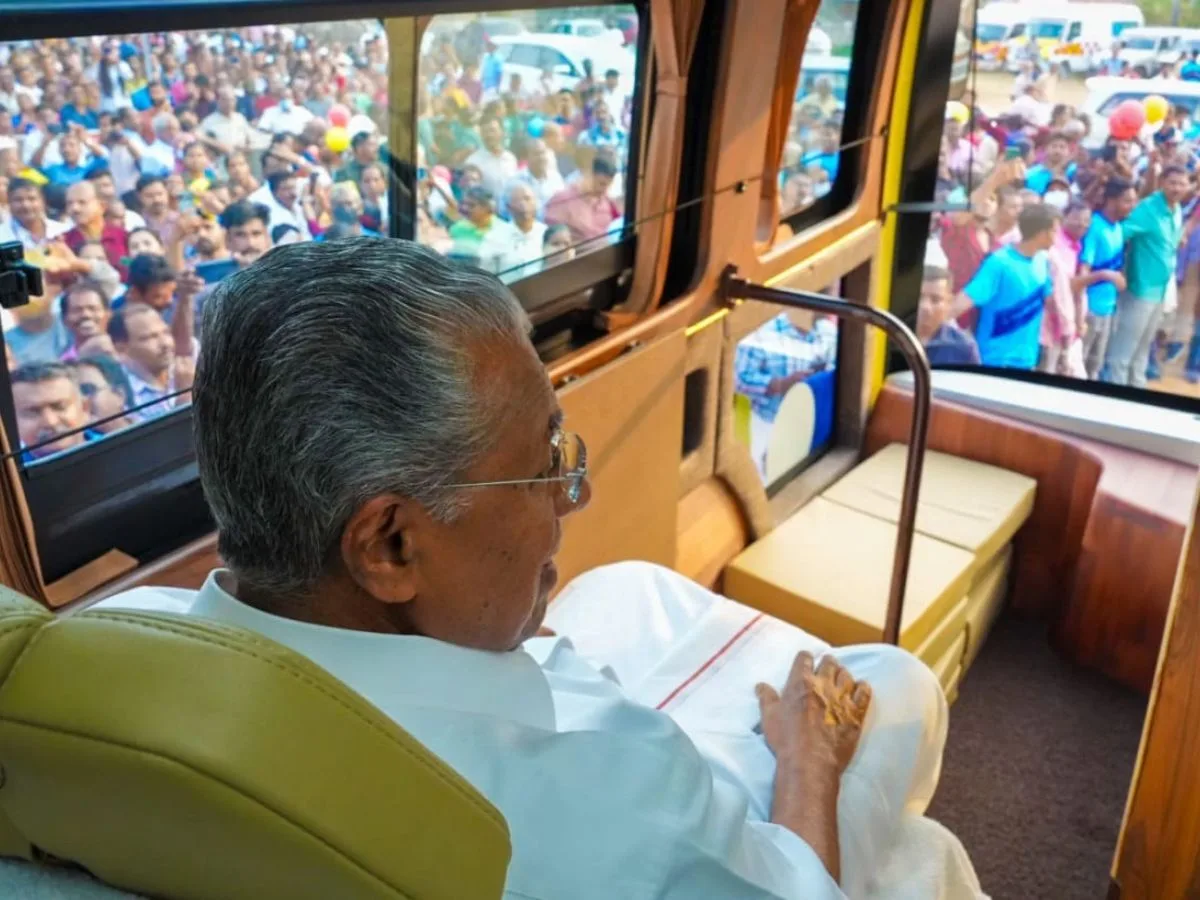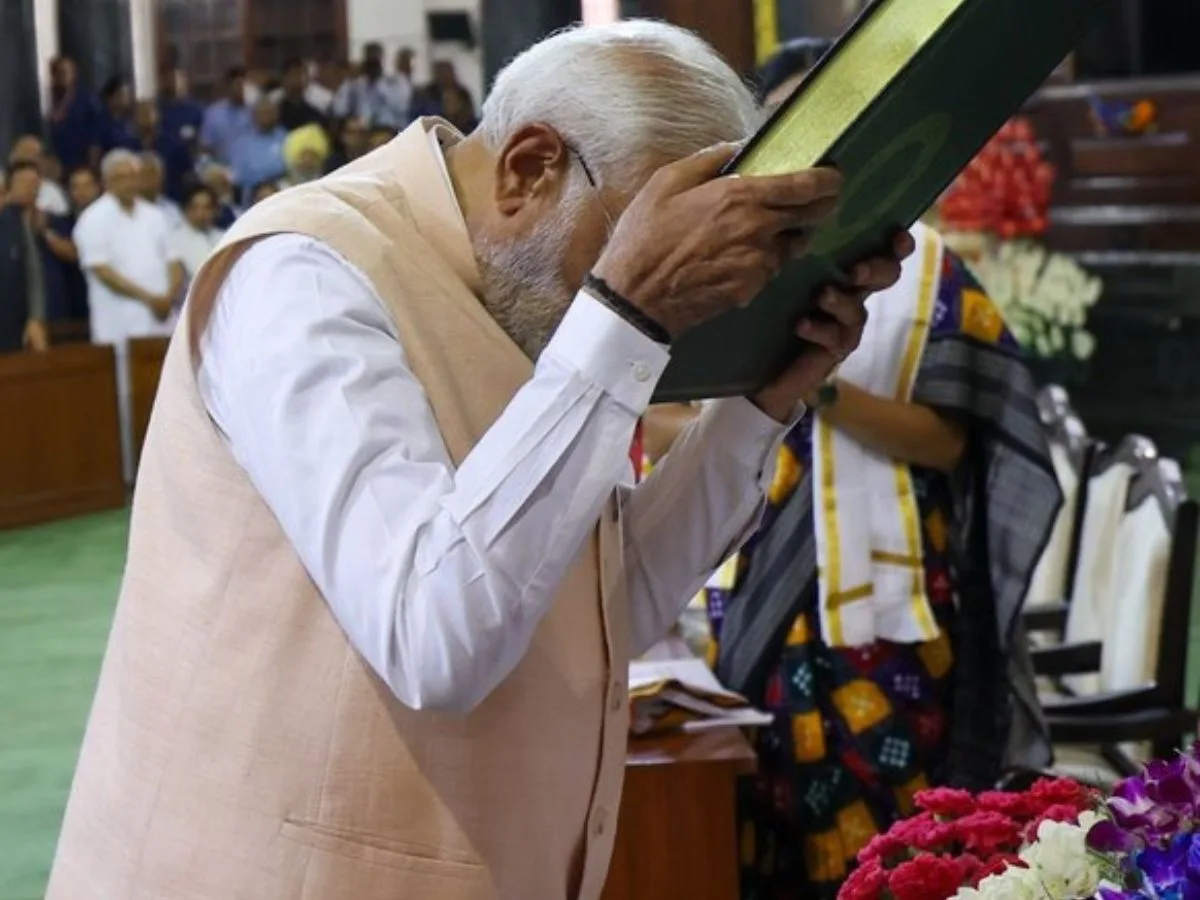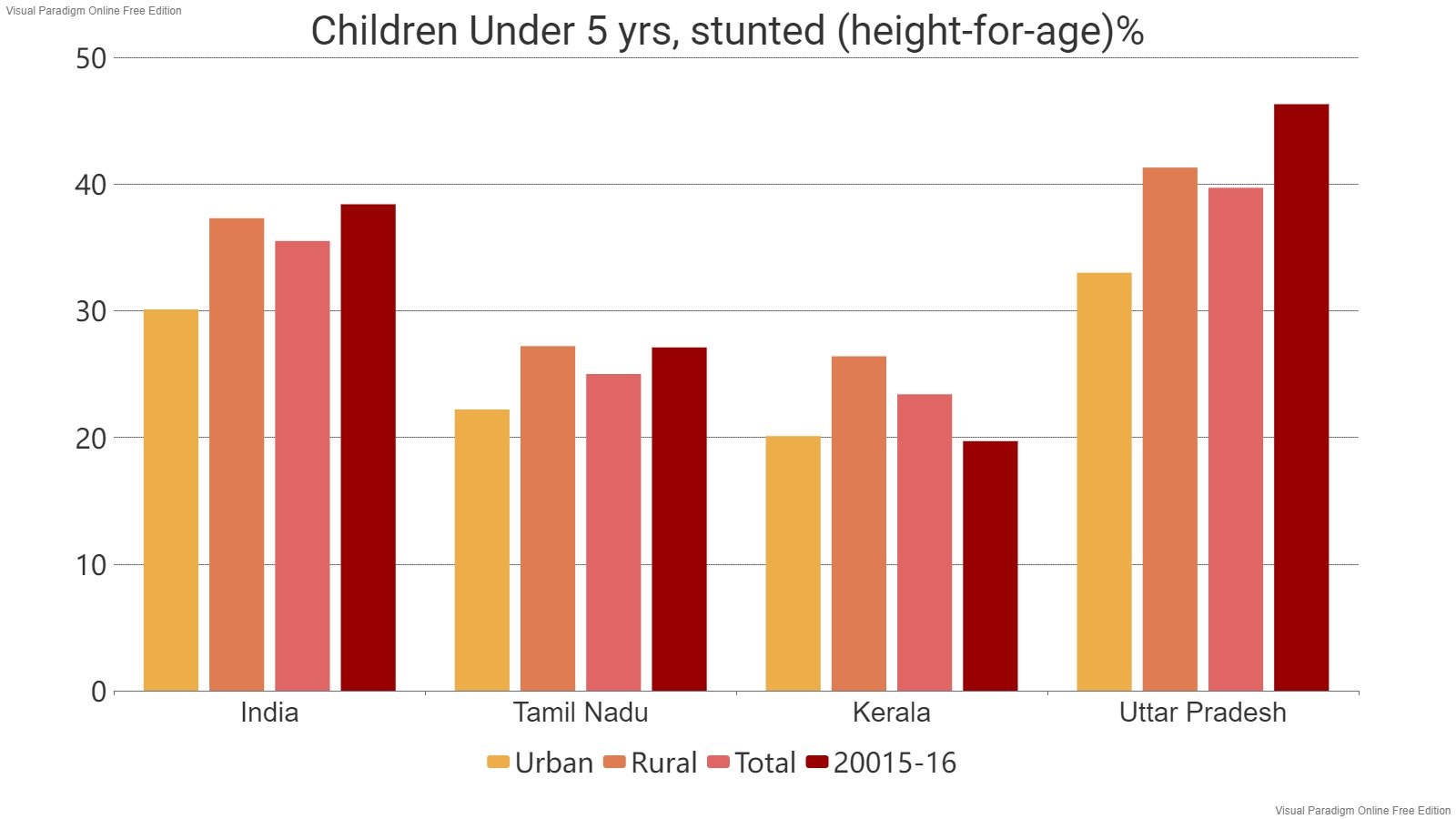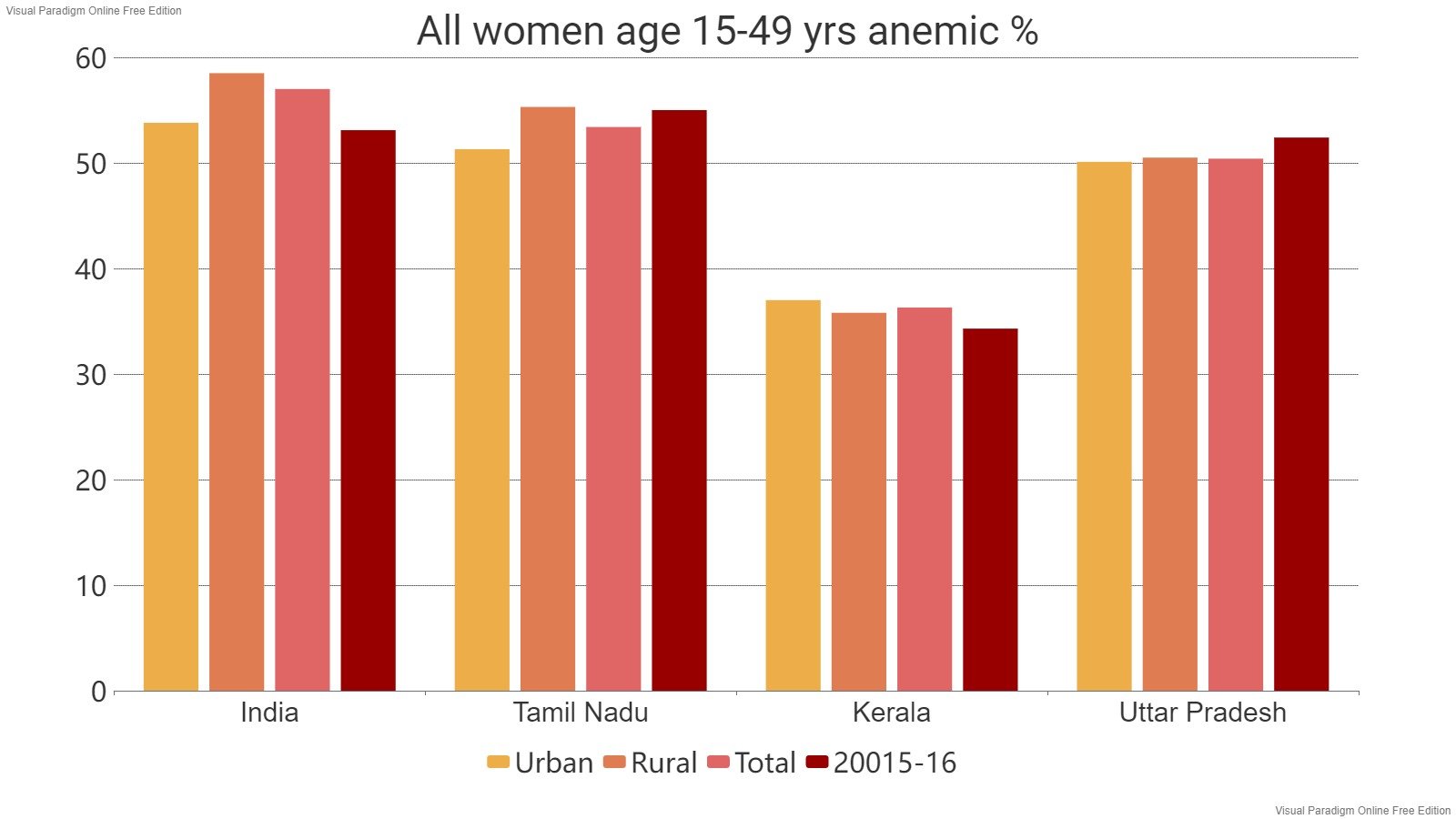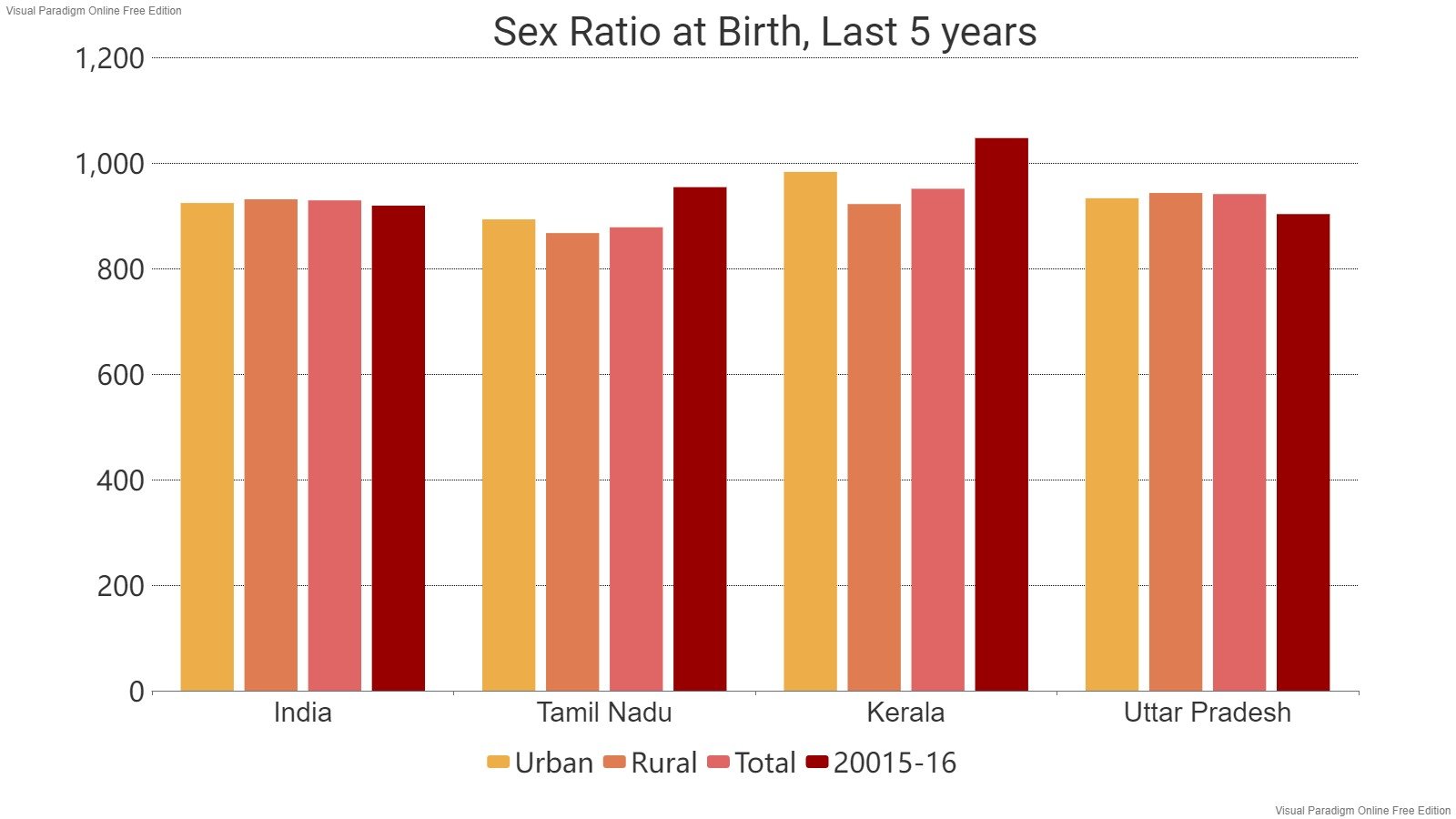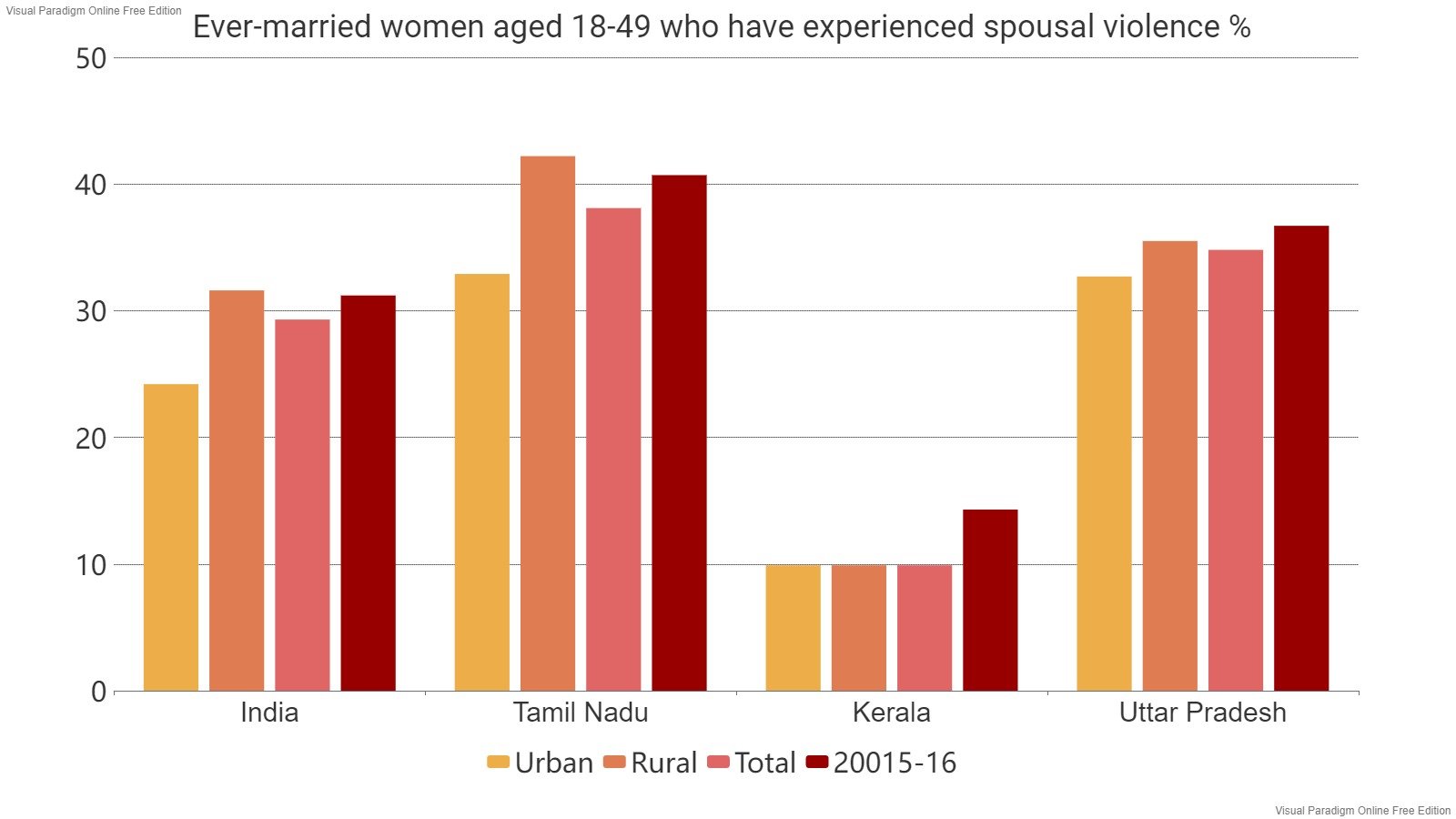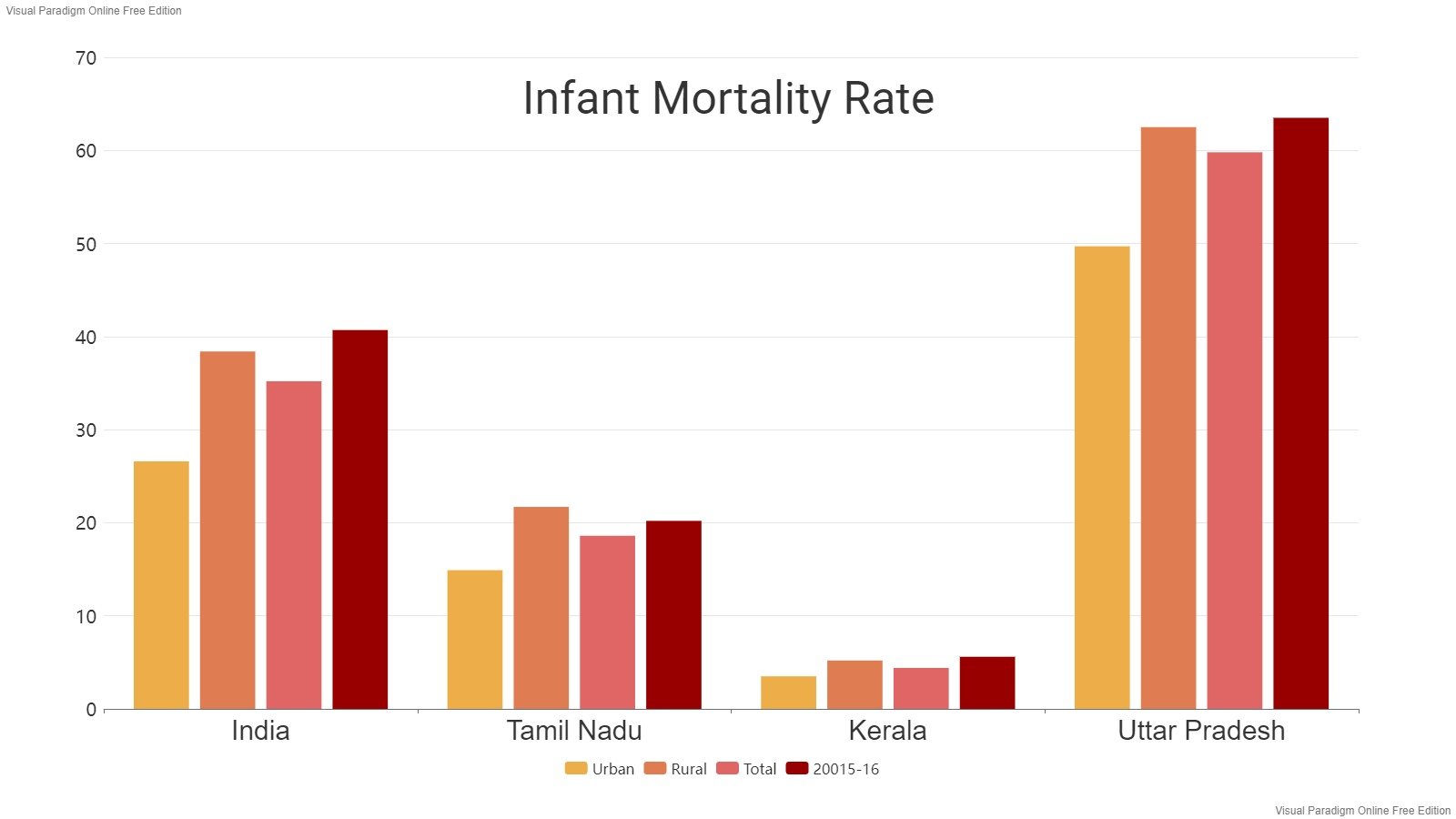Read in : தமிழ்
The AIADMK is heading for yet another split as rival groups led by former chief ministers Edappadi K Palaniswami (EPS) and O Paneerselvam (OPS) jockeying for power ahead of the party’s general council meeting scheduled for June 23.
Palaniswami is backed by most of the district secretaries and former ministers, especially those belonging to the western Gounder belt, while OPS has his own support base, particularly from the southern districts, mostly among Thevars. Since the EPS camp has blocked the return of Jayalalithaa’s former aide Sasikala Natarajan and her nephew TTV Dhinakaran, who has launched his own party, the AMMK, to the AIADMK, speculation is rife whether the OPS group will be forced to join hands with the ousted leaders.
EPS now wants to do away with the dual-leadership situation wherein he has to share power with OPS. EPS has the second position in the party as Joint Co-ordinator while OPS is number one as Co-ordinator. However, the catch is that decisions have to get the acceptance of both, particularly in the choice of candidates and party posts.
The EPS camp seeks to move a resolution at the general council to anoint him as the general secretary or some such post, which will be above that of OPS, with far greater powers, and virtually run the party on his own. The OPS group naturally sees this as a move to sideline him, and remove him from a post of eminence provided to him under the 2017 formula, brokered by the BJP, especially PM Narendra Modi himself.
EPS now wants to do away with the dual-leadership situation wherein he has to share power with OPS. EPS has the second position in the party as Joint Co-ordinator while OPS is number one as Co-ordinator.
While OPS enjoyed a dominant position in the party until two years ago thanks to proximity with the BJP’s top brass, the BJP has in the last two years not thrown its full weight behind OPS, and has sought to do business with EPS as well.
The June 23 general council could see a parting of ways, as the EPS group is hell-bent on adopting the resolution to nominate EPS as its top leader, and the OPS group rejecting compromise solutions offered by mediators. OPS has rejected this proposal outright, and has maintained that the resolution for dual-leadership stands, and the situation cannot be altered without his approval.
Also read:
Exit AIADMK, enter BJP? Will MGR party fight back?
Will DMK focus on a national role set the stage for a Hindutva-aided AIADMK-BJP tie-up?
A letter from OPS to EPS for a postponement of the GC meet citing law and order concerns is likely to be rejected by EPS.
However, a new twist is expected at the courts since some persons have moved the court against the general council meeting, since the resolution for dual leadership was sought to be unilaterally moved without the consent of OPS.
The dice is loaded against OPS in terms of numbers as he may find it difficult to to go beyond the 15 per cent mark, since there are quite a few fence-sitters as well.
The OPS group therefore looks forward to relief from the courts, in support of his stand that the resolution in favour of dual-leadership cannot be altered without his approval.
Barring a stay order from the court on the conduct of the GC meet, the stage is set for a make-or-break situation.
There are only three choices before OPS — A) to go along with the general council mandate for EPS to get the number one position in the party and accept a lower post, or abstain from the meeting and question its ‘decisions’ and seek legal remedies including a stay order to restore status quo; B) to hold a parallel meeting and declare a separate set of resolutions favouring him as the number one leader of the party — this would virtually mean a split in the party; C) to declare the GC meet as null and void since he is not party to the resolution, and continue to fight the EPS group from within.
The dice is loaded against OPS in terms of numbers as he may find it difficult to to go beyond the 15 per cent mark, since there are quite a few fence-sitters as well.
Events B and C will virtually mean that the party would function as two groups, with each claiming control of the party headquarters, properties across the State and in other States, supremacy in the parliamentary and State legislature party set-ups.
This could end up as a repeat of the 1987-88 and 2017 developments when two rival factions struggled for supremacy, with the fissures and the split leading to the party symbol of two leaves being frozen for some time. In 1987-88, following the death of MGR, the AIADMK broke into several groups, one led by MGR’s wife V N Janaki which came to be known as AIADMK (Janaki) while the main rival group was led by J Jayalalithaa and came to be known as AIADMK (Jayalalithaa).
In the ensuing elections to the Assembly, a divided AIADMK was crushed by the DMK which came back to power in 1989. A similar scenario emerged in 2017 after the death of Jayalalithaa, when the party was split into EPS and OPS groups. A settlement was brought about by BJP leaders including Modi by which EPS would be CM and joint co-ordinator of the party, while OPS agreed to be Dy CM and Co-ordinator of the party.
Ironically, the main demand of OPS during his struggle in early 2017 was against Sasikala (who was unanimously elected as party general secretary and leader of legislature party to take over as CM), prior to her arrest. With the BJP government at the Centre putting pressure on some AIADMK ministers (there were some raids by central investigative agencies), EPS, who became CM as Sasikala’s choice, agreed to oust Sasikala and her nephew TTV Dhinakaran from the party, and to allow the merger of the OPS group. Now, the EPS group is totally against Sasikala and Dhinakaran, while OPS has reversed his stand and is seen as soft towards them. The wheel has turned full circle.
Resolutions of the united AIADMK were sent for approval by the Election Commission on behalf of EPS and OPS. If OPS questions a change in the arrangement, matters could once again go to the Election Commission and the courts. This could cause considerable confusion in the AIADMK, especially amongst its rank and file, and weaken the party further in electoral battles, especially if the symbol is frozen. In the absence of a charismatic leader, both camps could suffer electoral reverses. This situation could suit the ruling DMK.
When even a 3 percent performance by Dhinakaran’s AMMK had hurt the AIADMK in the past, the party could be hit hard if Dhinakaran-Sasikala joined hands with AIADMK (OPS). Whether OPS would be willing to join the AMMK and form his own party and have a tie-up with the AMMK and others remains to be seen.
The die seems to be cast in favour of a clash between AIADMK (EPS) and AIADMK (OPS), in the months to come, barring a miracle.
Read in : தமிழ்




